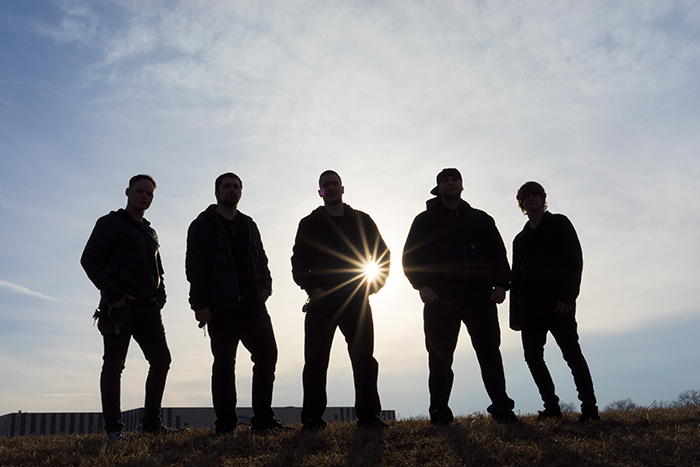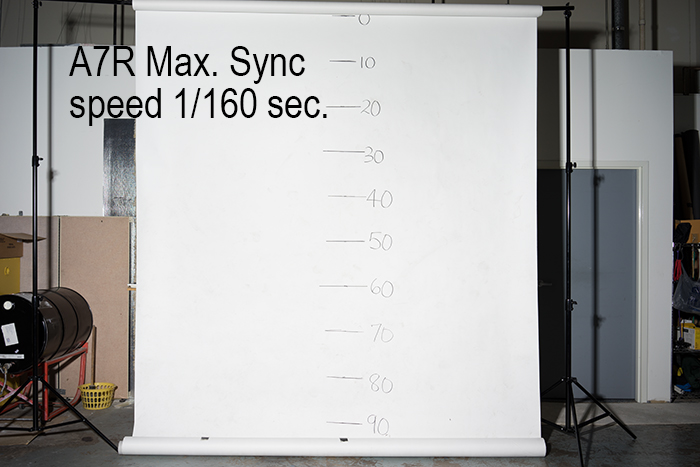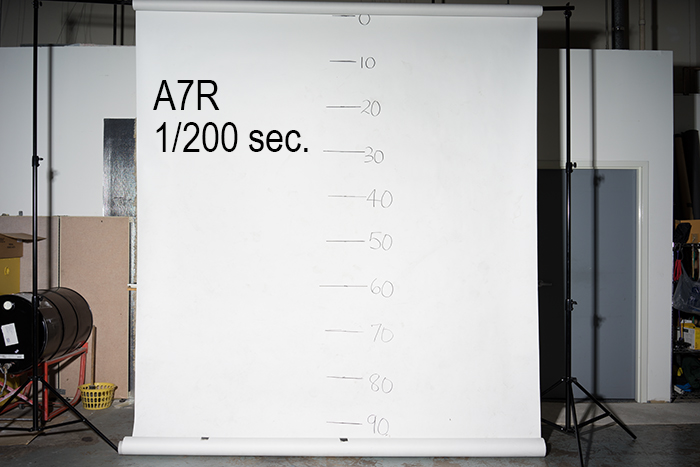The maximum flash sync speed for the A7r is 1/160 sec and for the A7 it is 1/250 sec. Above those speeds is High Speed Sync territory. For a explanation of High Speed Sync scroll to the bottom of this post and read: “An explanation of High Speed Sync.”
NOTE: I use White Lightning studio strobes and Nikon SB-800‘s with Pocket wizards so HSS is definitely not possible. However, the Sony HVL-F43M and 60M both have HSS so it should be possible with the A7(R). I’ve also heard that the Metz 52 AF-1 for Sony will also work in HSS Mode. Also, wireless with a small HVL-F20M on the hotshoe and a Metz remote will also work. The Metz 52 AF-1 is worth a look for the price and quality.
WHY would I want to use High Speed Sync?
1. High speed sync is good when shooting sports where a fast shutter is needed and fill flash is desired for shadows.
2. High speed sync is good in non-sport situations when shooting into the sun and you want to open shadows AND expose for the sky.

This image has no fill flash, exposure is for the sky while shooting into the sun. F/22 (for the star burst), 1/250, ISO100.
Let’s say for example I want to take a picture outside and I want fill flash on the subject AND the sky nicely exposed. If I expose the sky properly I might need: f5.6 @ 1/800 ISO 100. My flash cannot work at 1/800 unless I have high speed sync ability. So my alternative without high speed sync is to shoot at f5.6 @ 1/160 ISO 100 but overexpose the sky more than 2 stops. The dynamic range of the A7R is so incredible that this setup can work but may push the limits of good techniques in post processing.
What are my options if I have a flash without high speed sync abilities:
- Over expose the sky.
- Stop down to f/13 – not always viable because flash at full power may not have the distance.
- I could move closer to the subject and shoot f/13 @ 1/160sec, certainly possible.
- Set-up multiple strobes for more flash power, certainly possible with the right equipment.
- I could try to shoot at faster shutters than 1/160 sec. and allow the flash to be partially blocked by the shutter. Certainly possible with some understanding of the A7r shutter.
This posts explores number 5 with the Sony A7R. How much can I exceed the maximum flash sync speed and still get useful images? I worked with a rock band recently and we planned a sunset shoot. While we waited for sunset I did some test shots that exceeded the maximum sync speed of 1/160 second. I also took some studio shots of a backdrop with a scale marking 0-100% from top to bottom. When the shutter exceeds the maximum sync speed the top of the image becomes blocked by the flash exposure and the percentage can be read off easily.
Conclusions with the A7r:
When exceeding the maximum flash sync the flash is blocked from the top of the image and moves down as the shutter speed increases.
1/200 sec can be successfully used with minor post processing.
1/250 sec can be successfully used in situations where flash exposure is not needed in the top 20% of the image or a crop and post processing is done.
1/320 sec can be used only in rare circumstances. About 40% of the image will be blocked by flash exposure. This setup requires ambient light.
1/400 sec I would stay away from this shutter speed and flash exposure all together.
NOTE: A flash image really consists of two exposures, one of flash that falls on the subject and one of ambient light. During “normal” flash photography (not HSS) the f-stop controls the flash power and the shutter speed controls the ambient. Why? Remember that the flash duration is very fast, 1/4000 sec for example, so a shutter speed of 1/40, 1/60 or 1/160 will not have an impact on how the flash lights the subject, but it will impact the ambient exposure. However, when in High Speed Sync the shutter speed does influence the flash exposure.

The maximum sync speed of the A7R is 1/160 second. Here you can see that the shutter does not interfere with flash exposure.

At a sync speed of 1/200 second there is a minor impact at the top of the image. The slight darkness can be corrected in post-production.

At a sync speed of 1/250 second the top 10-20% of the image is blocked from flash exposure.

At 1/250 second you can see the subjects are well within the area of flash exposure.

At a sync speed of 1/320 second the top 40% of the image is blocked from flash exposure.

At 1/320 second you can begin to see the top 50% area is slightly impacted by loss of flash exposure. This could be corrected in post processing.

At a sync speed of 1/400 second the top 60% of the image is blocked from flash exposure.

1/400 second lacks flash exposure at the top 60% of the image. This is only useful when it’s carefully planned as part of the composition. Obviously this is not a successful setup for this shot.

Final image taken at sunset. f10, 1/200 second, ISO 400 with fill flash.

About 2 weeks later the band added another musician so we did a retake. I thought this was a cool shot for a band named, “Sky Came Burning.”
An explanation of High Speed Sync
You can think of it this way. Imagine you’re sitting in the seats of a theater waiting for the show to start. The show begins and Curtain Man A opens the curtain from left to right. He pushes the curtain open but you cannot or would not want to take a picture until he reaches the other side. Curtain Man B closes his curtain and he also moves from left to right but he’s pulling a different curtain closed.
If Curtain Man A gets to the other side and Curtain Man B waits before closing his curtain, then you have a clear shot of the entire stage. At the moment your picture is taken Curtain Man A and B are at opposite sides of the stage and your flash pops (1/4000sec.) and you get a picture of the entire stage. This is your camera at sync speeds slower than 1/160 sec.
If Curtain man B leaves precisely when Curtain Man A arrives to the other side then at that precise moment a clear shot is obtainable. A fraction of a second before or after that moment either A or B respectively is blocking the stage with their curtain. That is the maximum sync speed of 1/160 second. Curtain Man A starts and 1/160 sec later he arrives at the other side, then immediately Curtain Man B begins closing.
If Curtain man B leaves BEFORE Curtain man A gets to the other side then your single flash exposure will not get a full shot of the stage. The sooner Curtain Man B begins his walk pulling the curtain across the stage, the more the stage will be blocked. Remember you cannot take your picture until Curtain Man A reaches the other side. So your picture will be a portion of the right side of the stage. These are sync speeds faster than 1/160 sec.
So how is high speed sync possible? Well it’s possible if the flash pop’s on and off very fast. In this scenario, you take the picture and Curtain Man A leaves the left side. Right behind him Curtain Man B begins his walk too. While Curtain Man A and B are walking across the stage there is a small gap between the curtains to view the stage. During their walk, your flash is popping the entire time, exposing the stage as they walk along….1/4000, 1/4000, 1/4000, 1/4000….. The flash continues to pop until Curtain Man A reaches the other side. The continuous popping of your flash allows you to expose the image with flash while using shutter speeds of 1/500, 1/800, 1/1600, even 1/3200 etc.

This is taken at f/16, 1/1250sec with the D3, single camera strobe full power. With HSS as the shutter speed increases the power of the flash has to increase, or get closer to the subject. I shot at f/16 for the star look in the sun.

.jpg)
I was asked about HSS and Sony flashes on the A7(R):
I use White Lightning studio strobes and Nikon SB-800‘s with Pocket wizards so HSS is definitely not possible. However, the HVL-F43M and 60M both have HSS so it should be possible. A photographer posted at this site that the Metz 50 AF-1 for Sony will also work in HSS Mode with the A7R. http://www.getdpi.com/forum/sony/49715-hss-a7-7r.html
~Ferrell McCollough